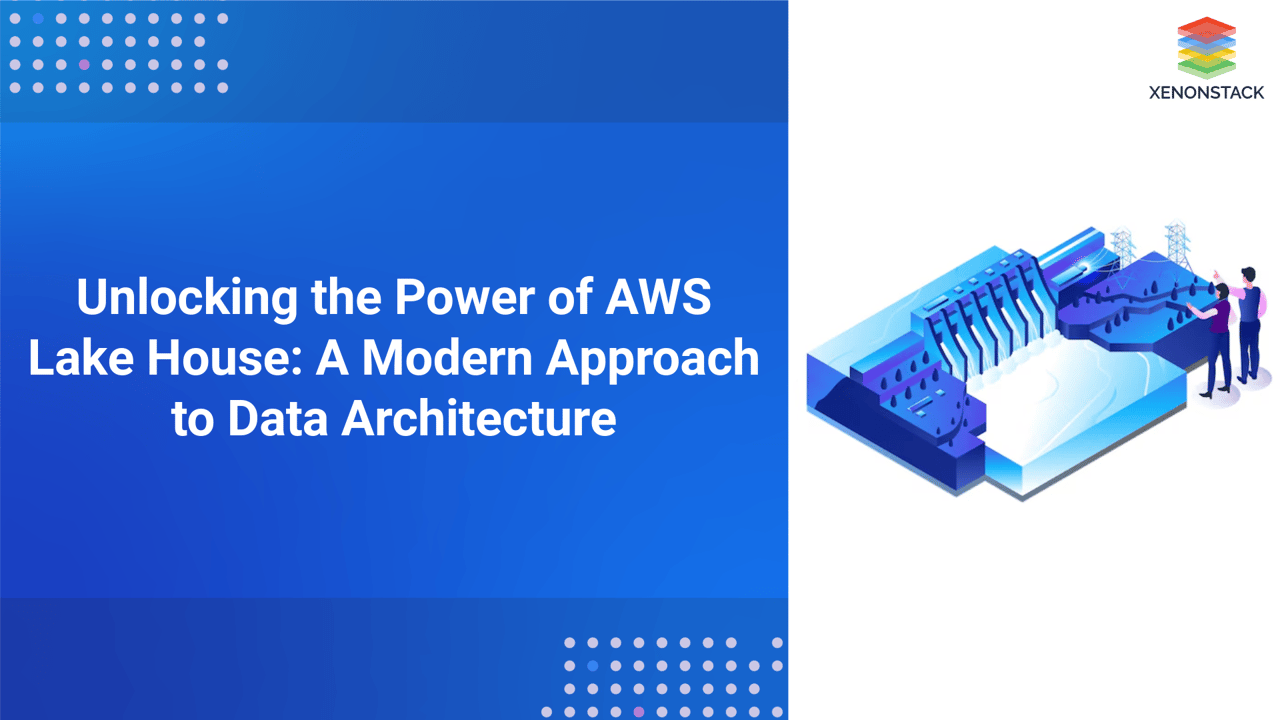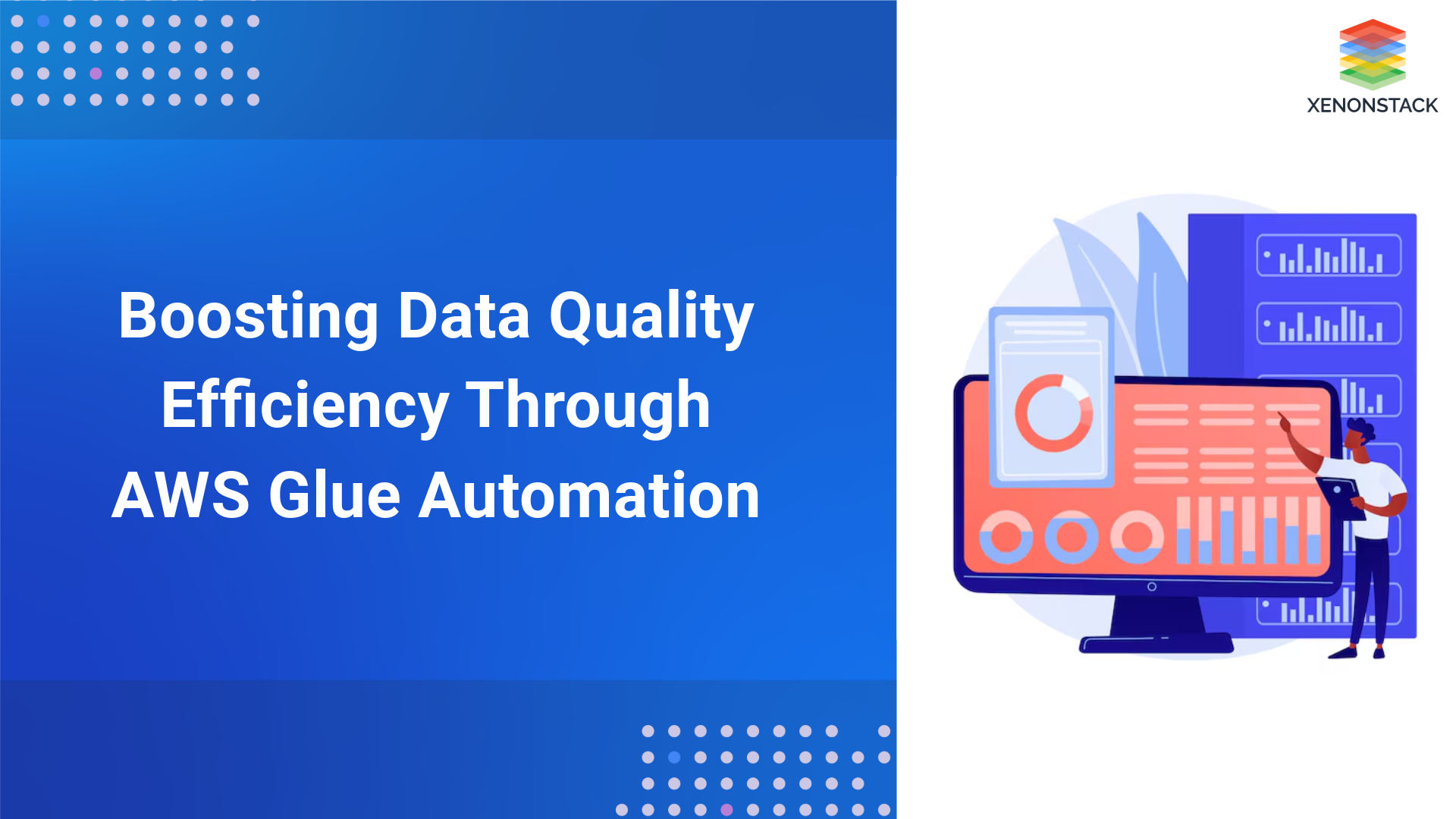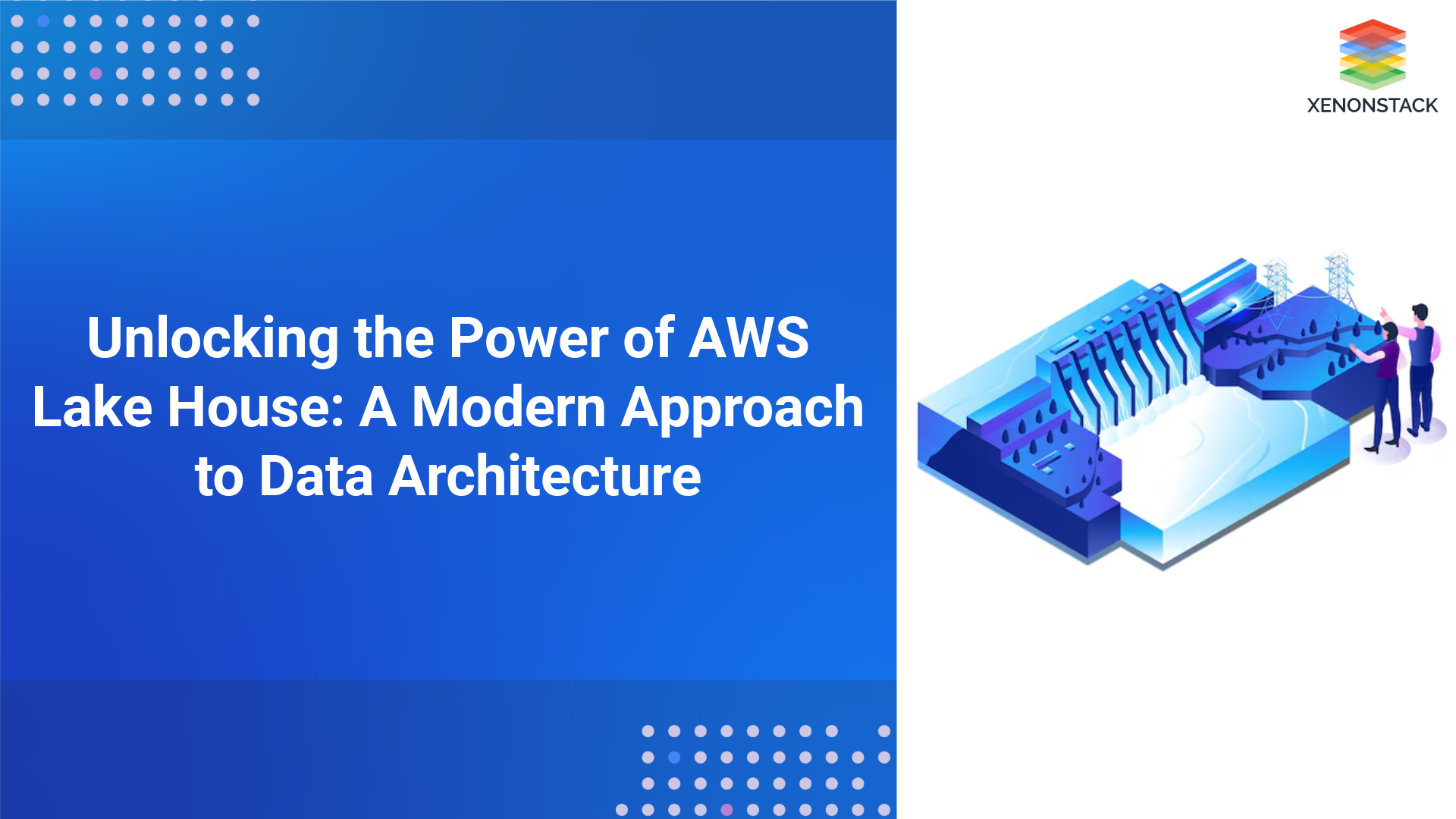
Benefits of Implementing AWS Data Lake House
The AWS Lake House Architecture offers numerous benefits for organizations looking to modernize their data management practices. Here are some of the key advantages:
-
Unified Data Platform: By combining the capabilities of data lakes and data warehouses, the AWS Lake House Architecture provides a unified platform for all types of data. This eliminates data silos and enables organizations to get a holistic view of their data.
-
Scalability and Flexibility: AWS services like Amazon S3 and Amazon EMR are designed to scale effortlessly, allowing organizations to handle growing data volumes without worrying about infrastructure limitations. The architecture is also flexible, supporting a wide range of data types and use cases.
-
Cost-Effectiveness: With AWS, organizations only pay for the resources they use, making it a cost-effective solution for data management. Amazon S3, for example, offers tiered storage options that allow organizations to optimize costs based on their data access patterns.
-
High Performance: The integration of Amazon Redshift and Amazon Athena ensures that organizations can run complex queries and analytics with high performance. This enables faster decision-making and more efficient data processing.
-
Enhanced Data Governance and Security: AWS Lake Formation provides robust tools for data governance and security, ensuring that data is protected and compliant with regulatory requirements. Fine-grained access control and encryption help organizations maintain data privacy and integrity.
-
Support for Advanced Analytics and Machine Learning: The AWS Lake House Architecture supports advanced analytics and machine learning through integration with services like Amazon SageMaker. This enables organizations to build, train, and deploy machine learning models at scale.
Practical Applications of AWS Data Lake House
The AWS Lake House Architecture is versatile and can be applied to a wide range of use cases across industries. Here are some examples:
Customer 360 Analytics
Organizations can use the AWS Lake House Architecture to create a unified view of customer data from multiple sources, such as CRM systems, social media, and transaction logs. This enables personalized marketing, improved customer service, and better decision-making.
IoT Data Processing
The architecture is ideal for processing and analyzing data from IoT devices. Organizations can ingest and store large volumes of sensor data in Amazon S3, use Amazon EMR for real-time processing, and analyze the data with Amazon Athena or Redshift.
Financial Services
Financial institutions can use the AWS Lake House Architecture to analyze transaction data, detect fraud, and optimize risk management. The architecture’s scalability and security features make it well-suited for handling sensitive financial data.
Healthcare Analytics
Healthcare organizations can leverage the architecture to store and analyze patient data, medical records, and research data. This enables better patient care, faster research, and improved operational efficiency.
Retail and E-Commerce
Retailers can use the AWS Lake House Architecture to analyze sales data, customer behavior, and inventory levels. This helps optimize supply chains, improve customer experiences, and drive revenue growth.
Best Practices for Implementing AWS Lake House Architecture
To get the most out of the AWS Lake House Architecture, organizations should follow these best practices:
Maximizing the Potential of AWS Data Lake House
The AWS Lake House Architecture represents a paradigm shift in data management, offering a unified, scalable, and cost-effective solution for modern organizations. Combining the strengths of data lakes and data warehouses enables organizations to unlock the full potential of their data, driving innovation and business growth.
As data continues to grow in volume and complexity, the need for a modern data architecture like the AWS Lake House will only become more critical. Whether you’re a startup or a large enterprise, embracing this architecture can help you stay ahead in the competitive landscape and turn your data into a strategic asset.
Frequently Asked Questions About AWS Data Lake House Architecture
- What is the role of AWS Glue in modern data architecture?
AWS Glue is a fully managed ETL (Extract, Transform, Load) service that simplifies data preparation for analytics. It automates the discovery, cataloging, and transformation of data, enabling seamless integration across various data stores.- What is Lakehouse architecture in AWS?
Lakehouse architecture combines the features of data lakes and data warehouses, providing a unified platform for structured and unstructured data. In AWS, this architecture leverages services like Amazon Redshift and Amazon S3 to deliver scalable and cost-effective data storage and analytics solutions.- What are the four types of data movement in modern data architecture?Modern data architecture supports four primary types of data movement: ingestion, replication, synchronization, and federation. These processes ensure efficient data flow between various data stores, enabling real-time analytics and decision-making.
- Which services can be used to deliver scalable data lakes in modern data architecture on AWS?
AWS offers several services to build scalable data lakes, including Amazon S3 for storage, AWS Glue for data cataloging and ETL, and AWS Lake Formation for data governance. These services work together to provide a comprehensive solution for managing large volumes of diverse data.



